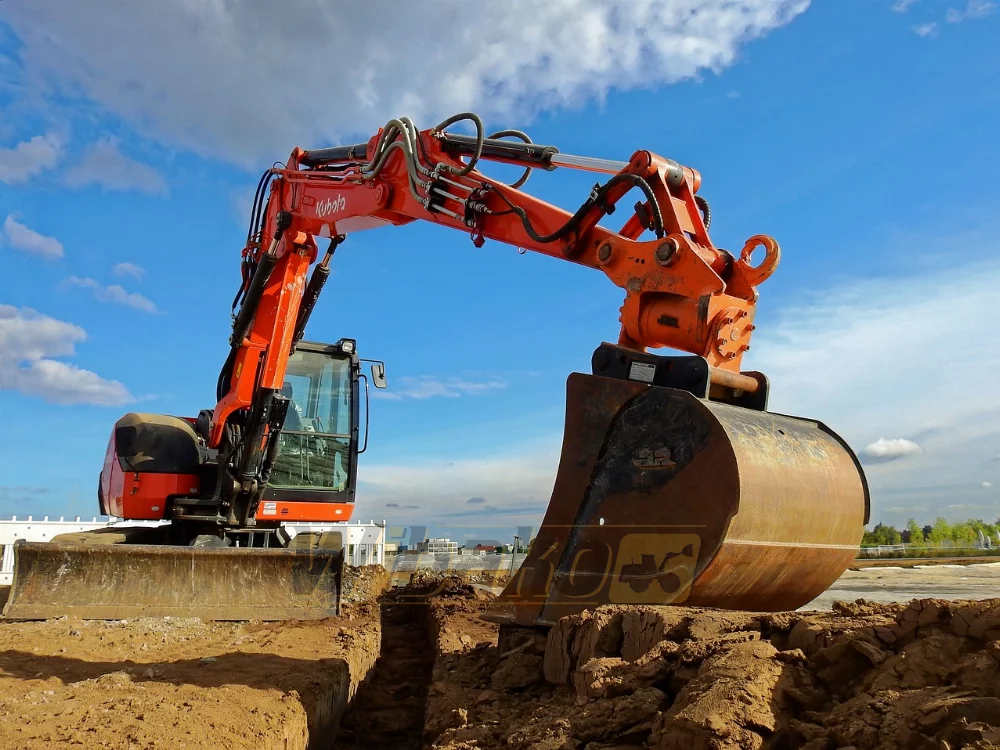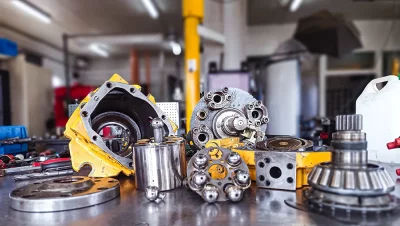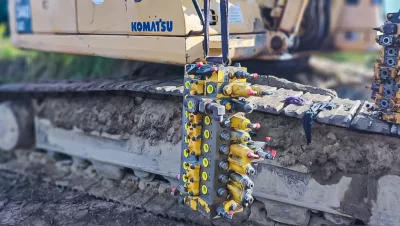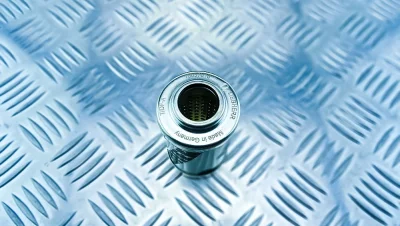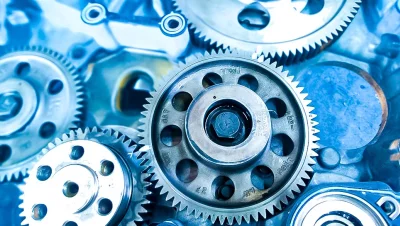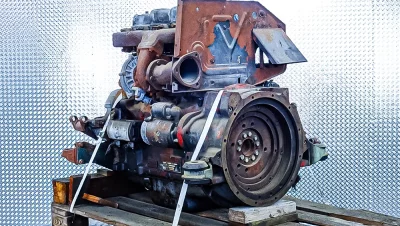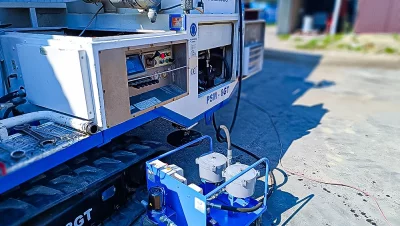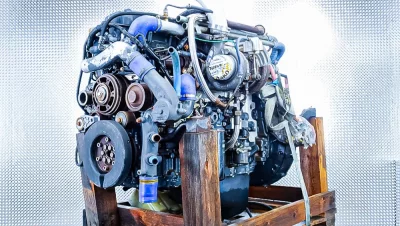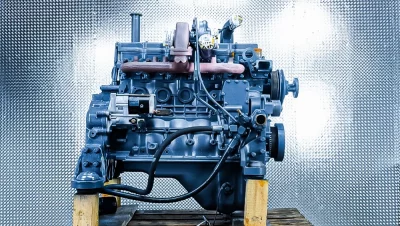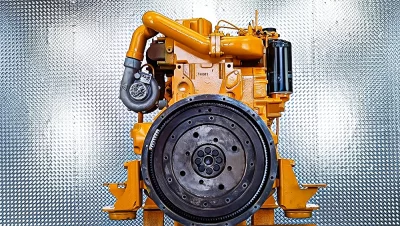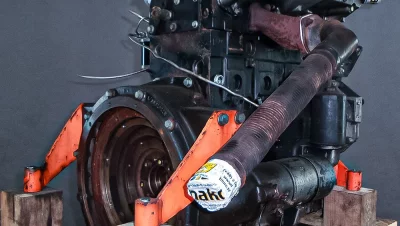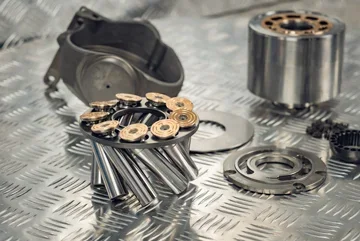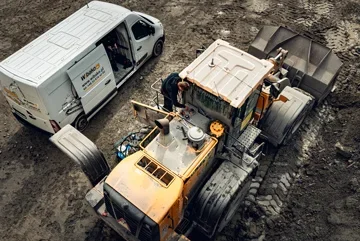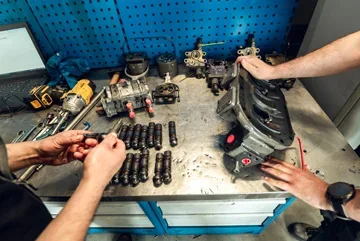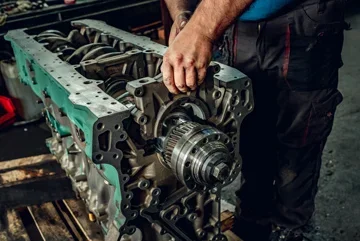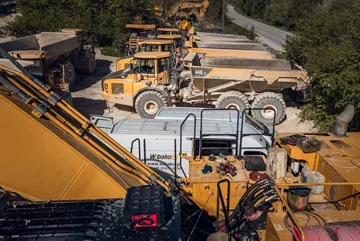Introduction
Used wheel excavators are very popular on the market, but it's no secret that some of the machines on offer are in poor technical condition and require costly repairs.
This means that an entrepreneur interested in buying a wheel excavator faces a very difficult task of finding a machine that is ready to work immediately. It happens that sellers try to hide serious faults.
That's why we have prepared another guide in which we will suggest what to pay attention to before buying a used wheel excavator.
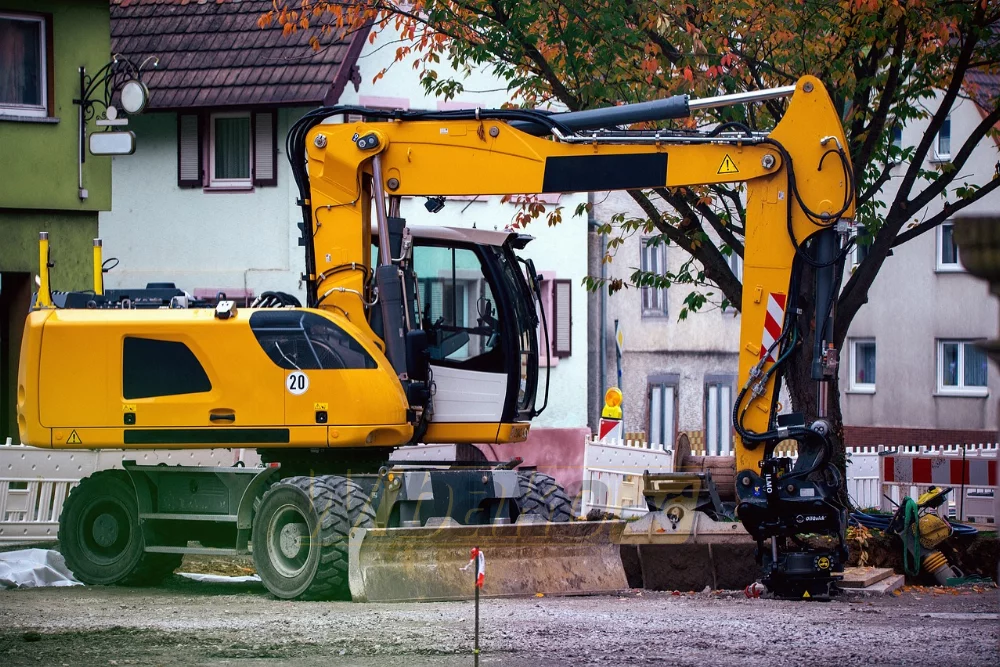
The most important thing is to choose the right machine for your needs
One of the common mistakes made by buyers of used construction machinery is the poor matching of equipment to their requirements, specifically to the projects being implemented.
Entrepreneurs buy what they come across and seems to be apparently at a good price, without considering that too large a machine will be expensive to operate, while too small will simply be ineffective.
Therefore, the first thing to focus on is a precise determination of the company's needs and the scope of work that the company has to perform in the near future. It is also worth considering the opinion of operators, as they will be using the equipment on a daily basis.
Thorough inspection - the key to minimizing risk
We start the inspection of the used wheel excavator by checking the driving system. During the test drive, pay attention to:
- Does the machine not weaken?
- Do all wheels work evenly?
- Does the excavator turn well?
- Are there any disturbing noises?
In the next step, you should assess the condition of the engine. Check the oil pressure, whether the unit smokes too much and whether it has an adequate power reserve.
A very important task is to check for any looseness, to facilitate verification, it is worth using supports for this.
We lift the machine on supports and on the bucket, then we check the drive - looseness on the swivels and drive shafts and observe whether the legs spread evenly.
There is no such possibility in the case of crawler excavators. Supports can also be used to check the rotation brake - we lift the machine on one side, lift the arm and see if the excavator does not rotate by itself. You should also check the operation of the parking brake - always do this on a slope.
As for the gearbox, preliminary tests will only allow you to detect leaks and check the operation of individual gears.
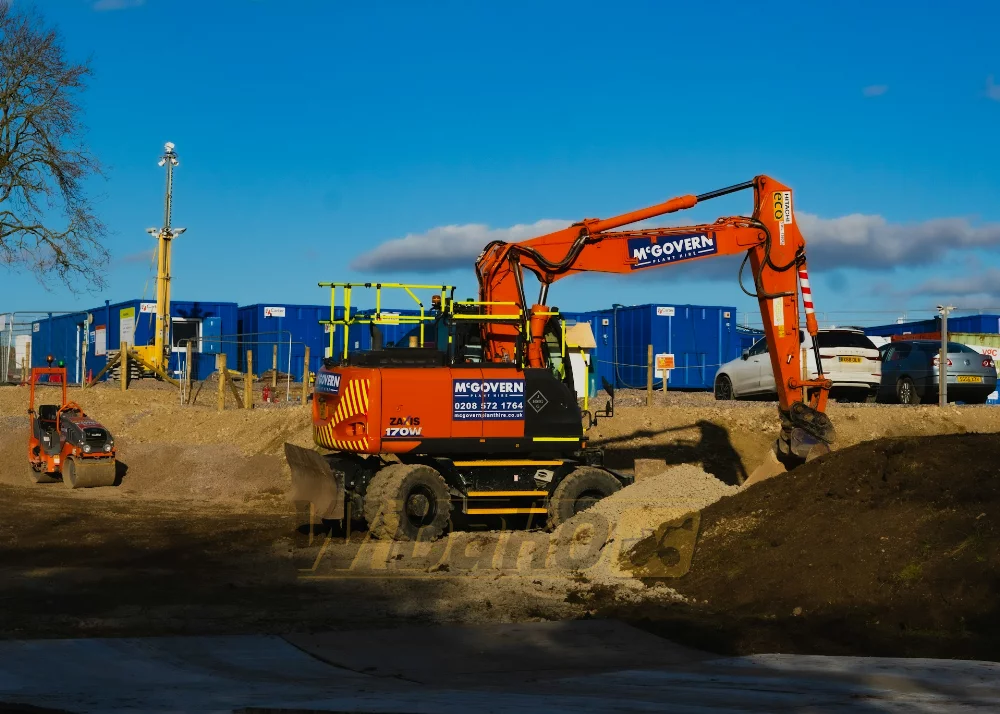
Time for hydraulics
During the machine testing, you should pay attention to whether the hydraulic pump does not weaken after the engine has warmed up. If so, there is a suspicion that it is damaged.
The operator should also demonstrate the operation of the slewing ring (looseness or chipped teeth may appear) and check the operation of individual functions and the machine's response to commands.
At this stage, it is worth taking a closer look at the cylinders, bushings, seals and of course the arm itself - if there are visible non-original welds or modifications on it, it may indicate serious wear and tear of the machine, which practically disqualifies it from purchase.
Finally, check if the computer does not display errors. You should also verify the operation of the entire equipment of the machine, including air conditioning, central lubrication and quick couplers.
The excavator should also have a complete set of equipment - the minimum is of course a bucket, but a valuable addition will be a ditching bucket, hammer and installations for these accessories.
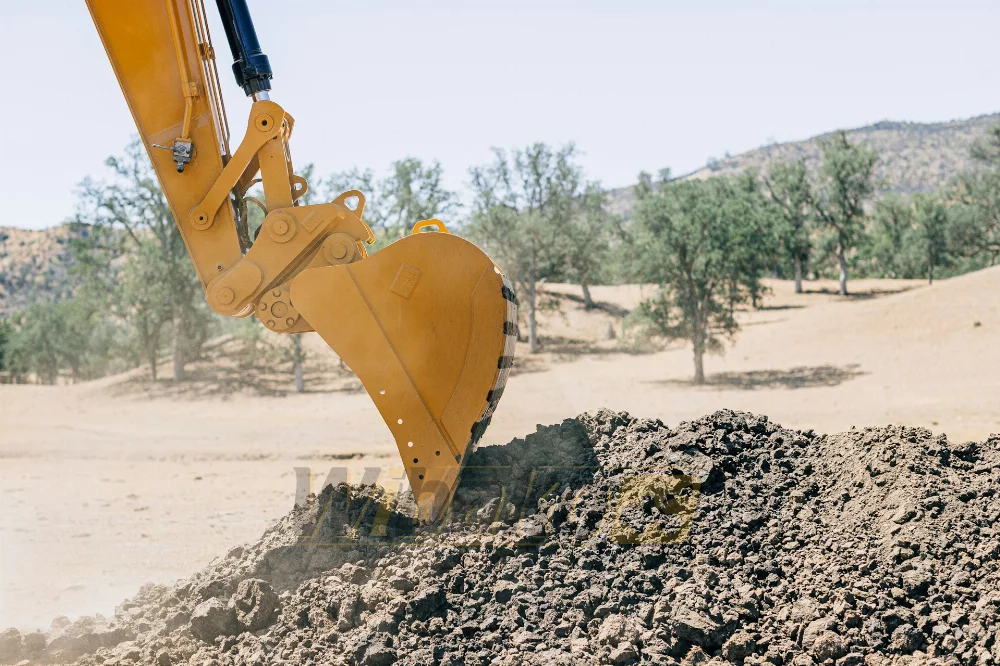
Not everything can be checked on the construction site
Preliminary inspections on the construction site or at the headquarters of the company selling the machine, allow you to assess whether a given wheel excavator is generally in a good condition.
If after checking all the points we mentioned it turns out that the machine is in good condition (at least at first glance), and the price is acceptable, it is worth arranging a visit to a professional service.
Only a detailed diagnosis of the machine using specialized equipment will answer the question of whether the excavator does not hide any faults, the removal of which will be very costly. Buying a pig in a poke, when large sums of money are at stake, is really too risky and it is better to thoroughly verify the available offer before making the final decision.
